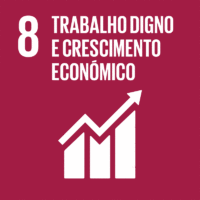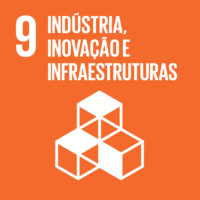Ciência_Iscte
Publicações
Descrição Detalhada da Publicação
International Congress Complex Systems in Sport
Ano (publicação definitiva)
2017
Língua
Inglês
País
Espanha
Mais Informação
--
Web of Science®
Esta publicação não está indexada na Web of Science®
Scopus
Esta publicação não está indexada na Scopus
Google Scholar
Esta publicação não está indexada no Overton
Abstract/Resumo
Hypernetwork theory brings together the micro–meso–macro levels of analysis of interaction-based complex systems (Johnson, 2013; Boccaletti et al., 2014). This study considers team synergies (Araújo and Davids, 2016), where teams and athletes are co-evolving subsystems that self-organize into new structures and behaviors.
The emergent couplings of players’ movements have been studied, considering mostly the distance between a player and the immediate opponent (e.g., Headrick et al., 2012), and other interpersonal distance measures (Passos et al., 2011; Fonseca et al., 2013). Such emergent interpersonal behavior of soccer teams can be captured by multilevel hypernetworks approach that considers and represents simultaneously the minimal structure unit of a match (called simplex). More stable structures are called backcloth. The backcloth structure that represents soccer matches is not limited to the binary relations (2-ary) studied successfully by social networks analysis (SNA) but can consider also n-ary relations with n > 2. These simplices most of the times composed of
players from both teams (e.g., 1 vs. 1, 2 vs. 1, 1 vs. 2, 2 vs. 2) and the goals. In a higher level of representation, it is also possible to represent the events associated, like the interactions between players and sets of players that could cause changes in the backcloth structure (aggregations and disaggregation of simplices). The main goal of this study was to capture the dynamics of the interactions between team players at different scales of analysis (micro—meso—macro), either from the same team (cooperative) or from opponent team players (competitive).
Agradecimentos/Acknowledgements
--
Palavras-chave
Contribuições para os Objetivos do Desenvolvimento Sustentável das Nações Unidas
Com o objetivo de aumentar a investigação direcionada para o cumprimento dos Objetivos do Desenvolvimento Sustentável para 2030 das Nações Unidas, é disponibilizada no Ciência_Iscte a possibilidade de associação, quando aplicável, dos artigos científicos aos Objetivos do Desenvolvimento Sustentável. Estes são os Objetivos do Desenvolvimento Sustentável identificados pelo(s) autor(es) para esta publicação. Para uma informação detalhada dos Objetivos do Desenvolvimento Sustentável, clique aqui.

 English
English



